MFA Batch Inverter: What Is It and Do You Really Need One?
In this article, we will define what an MFA batch inverter is, its limits, and its prerequisites to meet your goals.
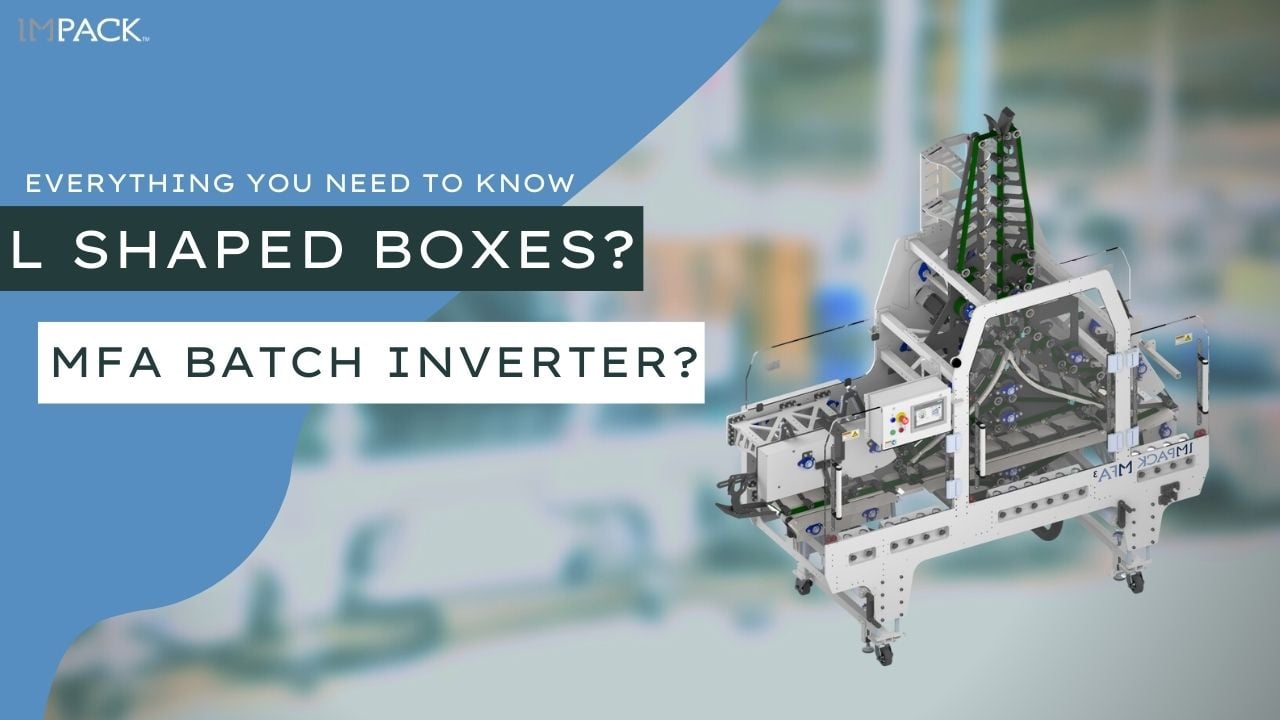
In our previous article on the MFA, we briefly touched on the difficulties that some "L" shaped crash-lock bottom boxes can cause.
Although the MFA is a one-of-a-kind machine, pre-emptively understanding the problems you may face with the MFA is key to knowing whether the MFA is a right fit for your company.
Will my “L” shaped boxes work with the MFA?
Can I solve the problems with my MFA without an expert?
Don’t worry, we will answer both questions in this article.
Hi, my name is Maxime Jacques. Throughout my years at Impack packaging as an Area Sales Manager I have worked on many MFA projects and solved many MFA-related problems.
And in this article, we will locate exactly where to place the MFA on your packing line, where problems can occur, and explore the different solutions available for you in these situations.
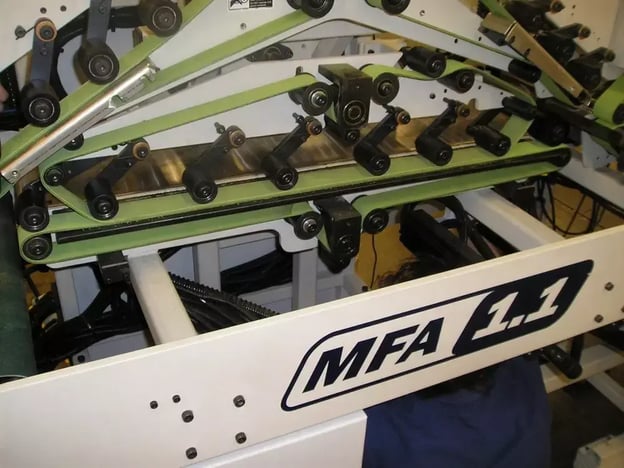
"L" shaped crash-lock bottom boxes do not pose any problem on their own. In fact, the MFA will usually be able to invert them without any difficulty.
The problem arises during the packing process, more specifically on the Ergosa C's Accumulation Conveyor.
You see, since an MFA works in conjunction with an Ergosa C, special attention must be paid to the transfer of boxes between both machines.
More often than not, the problem will come from the MFA’s box counting process.
As we have seen in our previous article, the MFA will count a predefined number of boxes for which it will invert them upside down.
However, when they land on the Ergosa C's Accumulation Conveyor, and once straightened ready to be packed into their case, they will end up in head-to-tail batches.
This is illustrated in the picture below, where (A) is resting on the front edge of the box, while (B) is resting on the flap of the boxes.

Position " A ": When the box is resting on the front edge, there is no problem.
Position "B": When the box is resting on its flap, it can be a problem.
But why is this a problem?
Let’s explain the problem and explore what the solution is.
The dilemma is a question of the center of gravity, pivot point, and flap width.
All of this can be explained with the three cases below:
X1 > X2
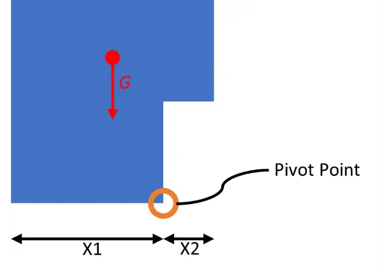
In this example, the "L" shape of the box is not a problem. And that’s because the flap is larger than half the width of the box.
And so, the center of gravity keeps the box straight on the conveyor.
X1 < X2
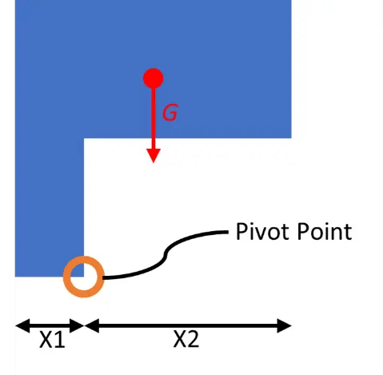
The problem happens here.
You see, the width of the flap is smaller than the width of the box.
Therefore, the center of gravity is outside the flap.
The consequence is that the box will tilt, falling in relation to its pivot point.
X1 = X2
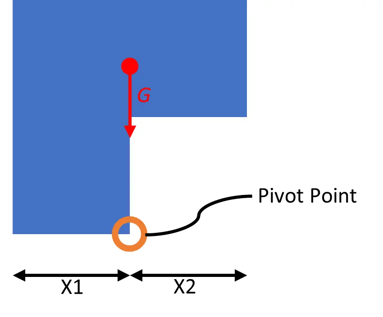
This is a particular scenario and requires special attention.
The most important part to analyze is the pivot point.
You need to ask yourself:
Is it a sharp or rounded angle?
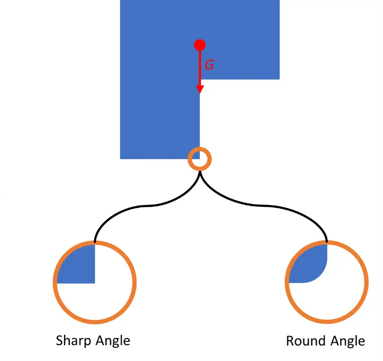
In the case of a sharp angle, the surface in contact with the belt will be the entire width of the flap.
In turn, that means we have half the width of the box in contact with the belt, which should not hinder the packing.
On the other hand, in the case of a rounded angle, the surface in contact with the belt is not the full width of the flap.
So, we don't have exactly half the width of the box in contact with the belt. Depending on the exact position of the center of gravity, we could end up in the situation seen earlier where X1 < X2 and therefore the boxes fall over.
So now we’ve come to the point where we ask ourselves:
How do we solve this?
There’s no easy answer, but the MFA and the Ergosa C in vertical mode will greatly facilitate the packing of crash-lock bottom boxes and increase productivity.
Some solutions to facilitate the handling of the unstable boxes are: reducing the number of boxes per batch, reducing the number of batches per row, adding specialized tooling on the Ergosa to handle each row in two movements or reduce the folder-gluer's speed to let your operator more time for manipulation.
And in the worst case, if the boxes are so unstable that they can’t be handled effectively in vertical mode, you can always process this specific box straight through the MFA and pack it in Pick and Place mode on the Ergosa C.
To properly evaluate your boxes and if they can run perfectly with the MFA and the Ergosa C’s vertical mode, we recommend speaking with an IMPACK expert so that you can send samples and we can do trial runs.
An expert will be able to ascertain the cause of your boxes falling over and provide you with the best solution for your company needs.
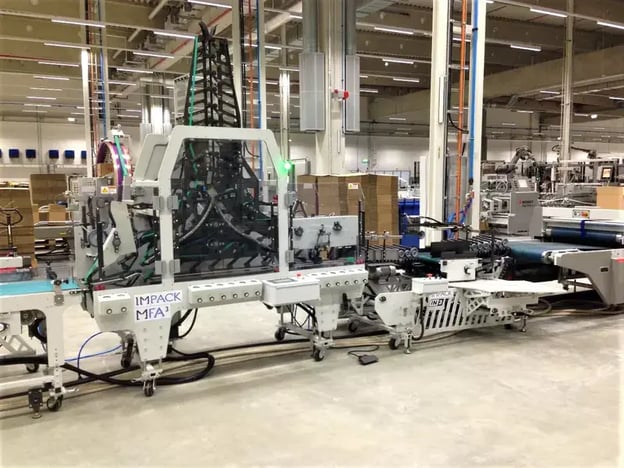
If you produce "L" shaped boxes, you first need to start by classifying them into one of the 3 categories:
If you run boxes where the flap width is more than half the width of the box, then the MFA is right for your company.
If you run boxes with a flap width that is half the width of the box or less, then you will need to contact an IMPACK expert to evaluate if the MFA can run your boxes.
If you want to learn more about the MFA and how it can improve your folder-gluer productivity, read the following articles:
Is the MFA Batch Inverter Right for Your Company?
MFA Batch Inverter: What Is It and Do You Really Need One?
Crash-Lock Bottom Box Inversion: Everything You Need to Know
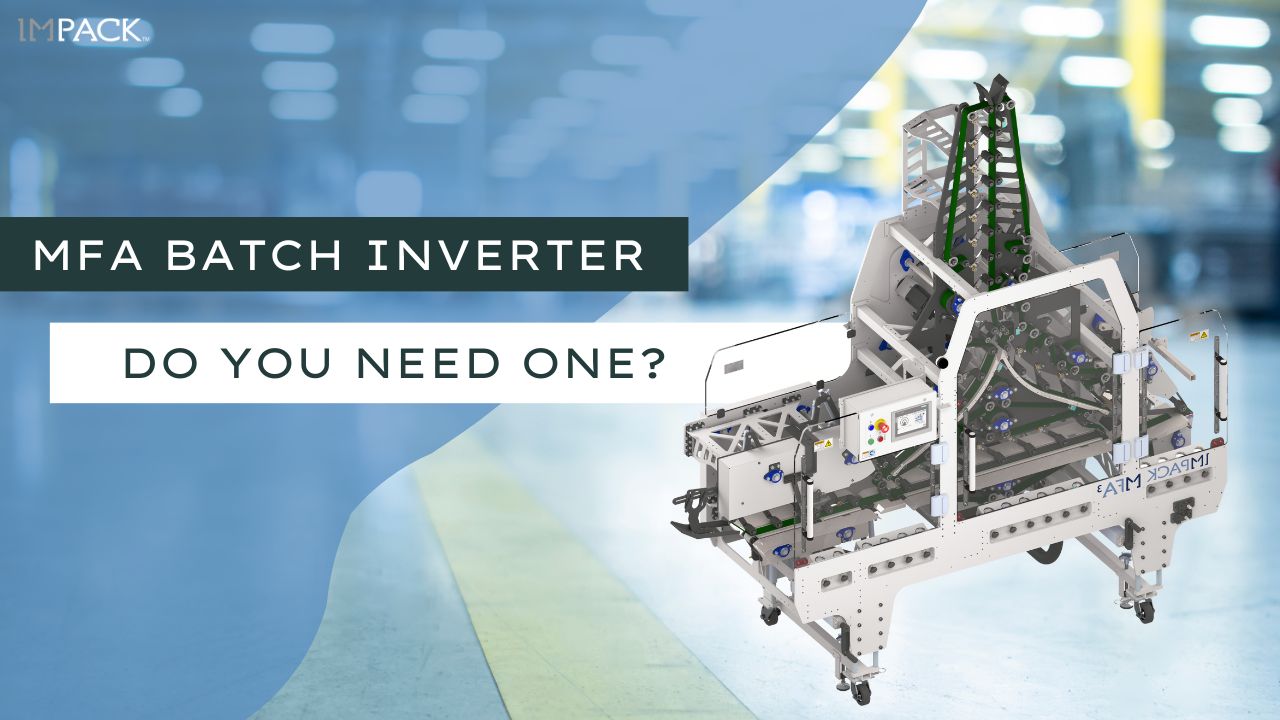
In this article, we will define what an MFA batch inverter is, its limits, and its prerequisites to meet your goals.
.jpg)
Your new Ergosa packer has been delivered, installed, and started.
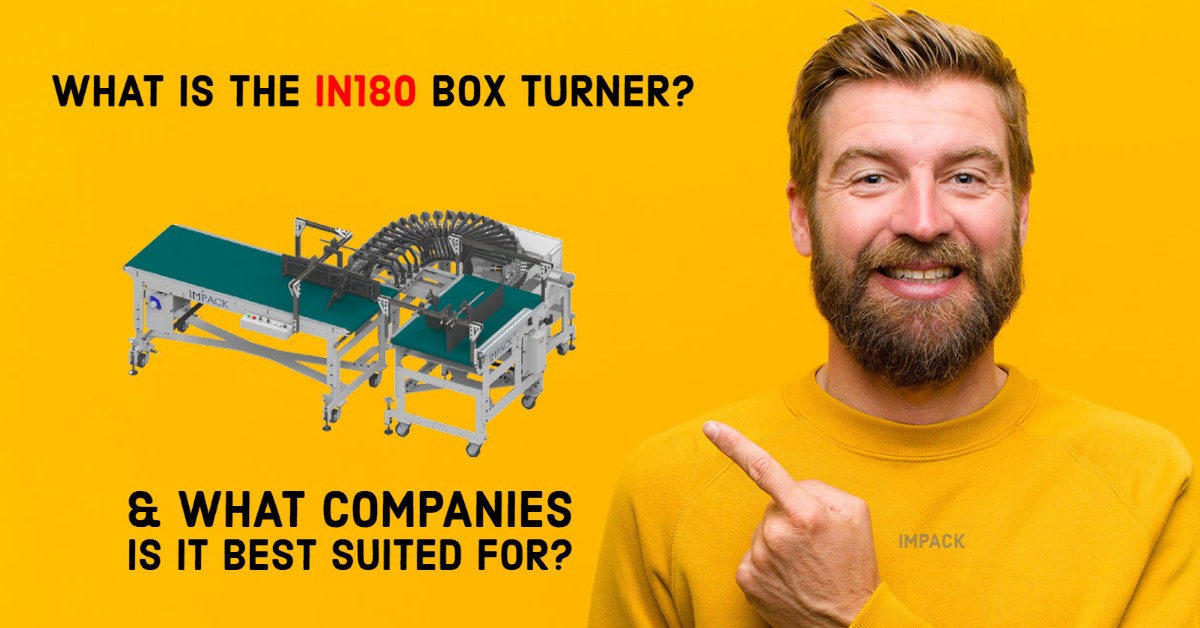
If you own an Automatic packer such as Bobst's CartonPack, you may need to turn your boxes 180° before they can be packed into the case.